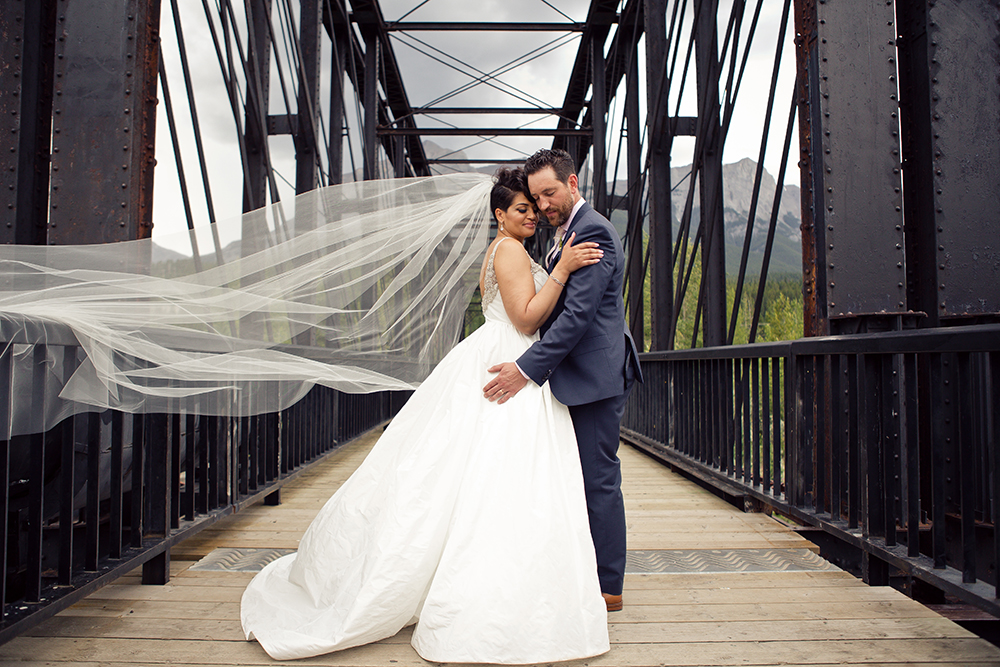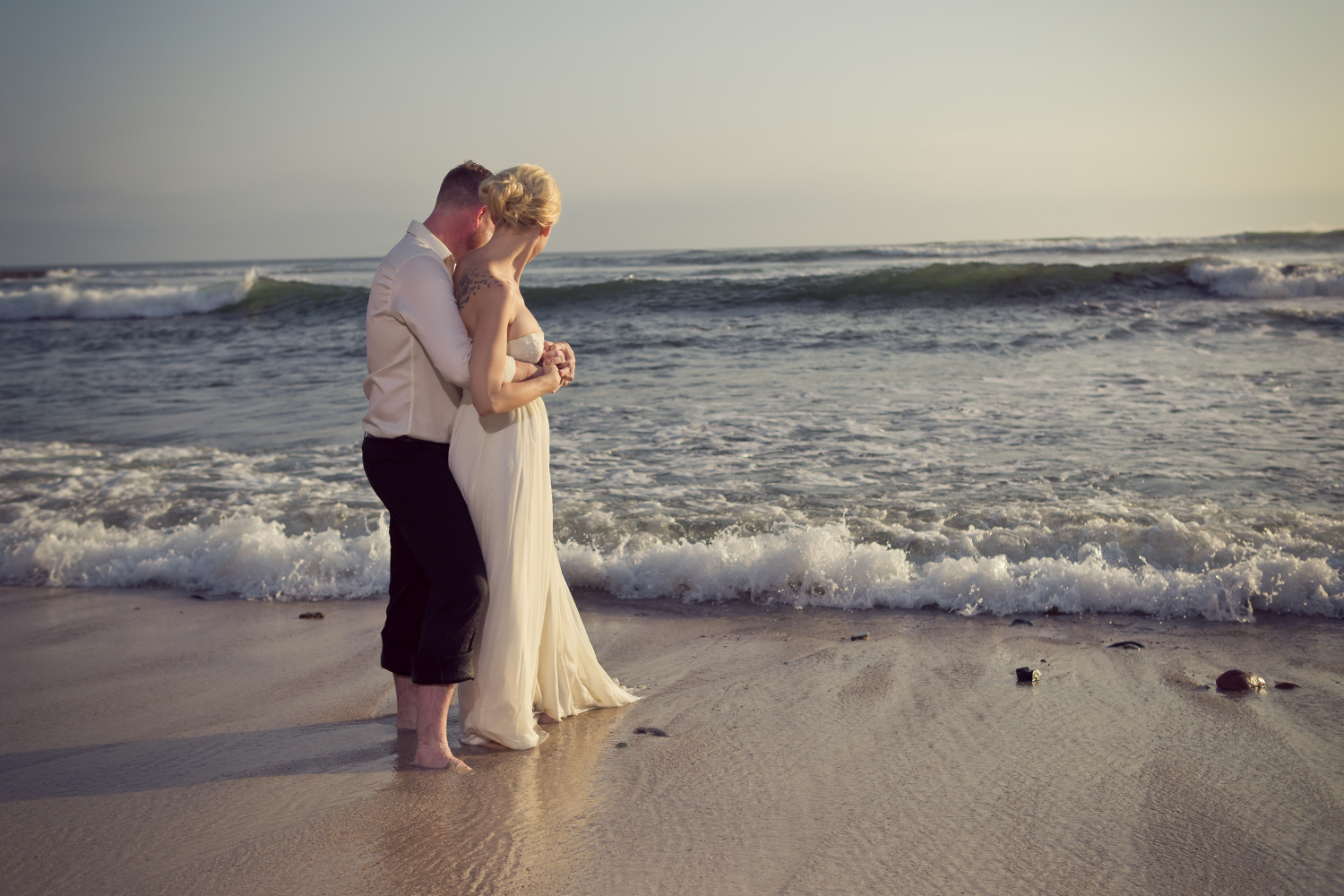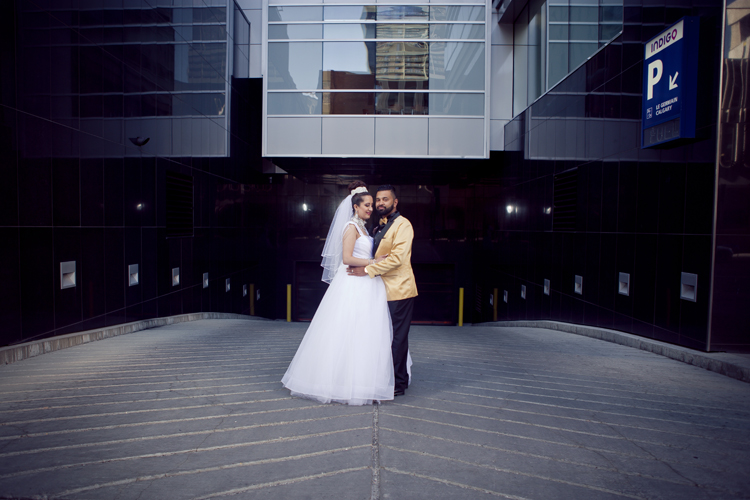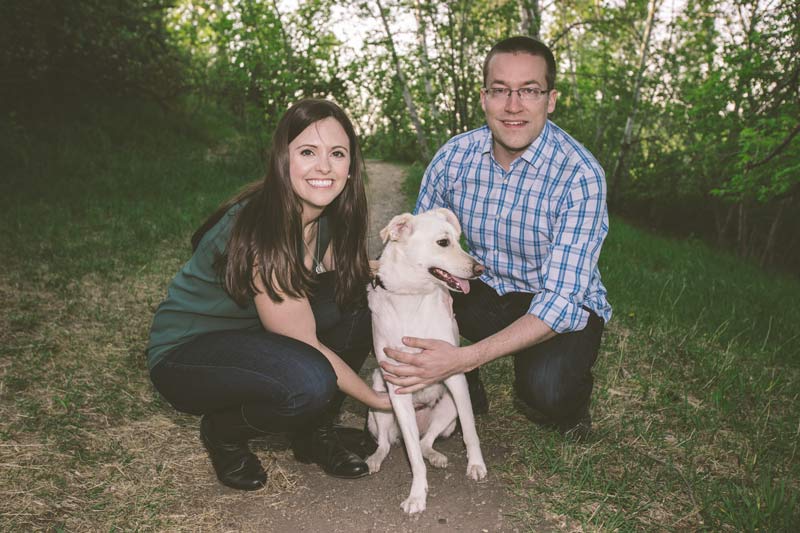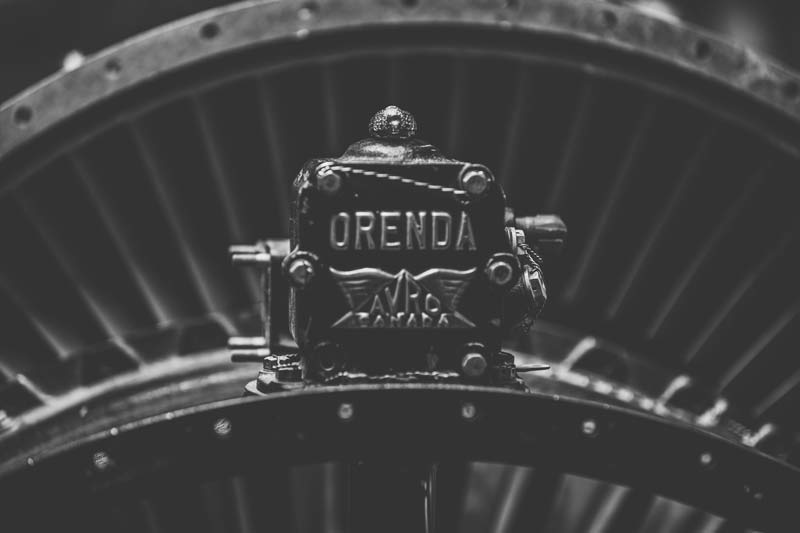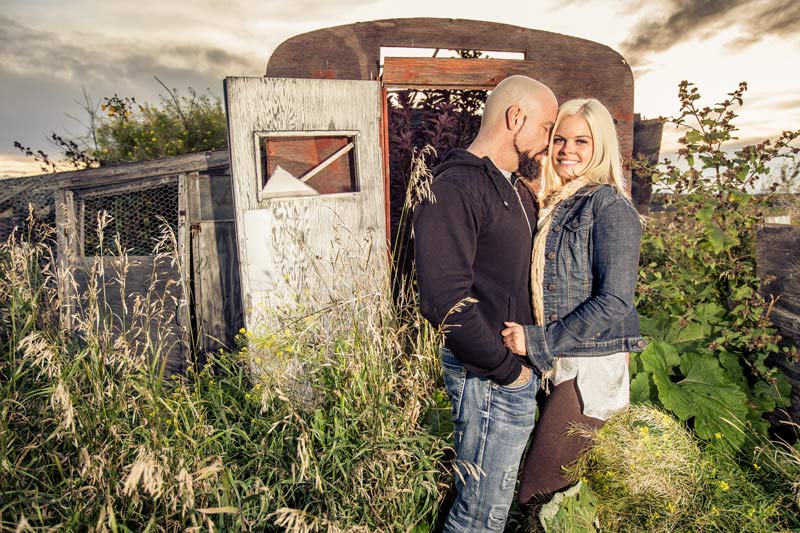The good life; Sex, Wine, Naps, Beans and Social Networking! National Geographic told me so 🙂
Diet is the key to longevity—but also sex, naps, wine, and good friends.
Kame Ogido, 89, a resident of Okinawa, holds a handful of edible seaweed. The Japanese island is defined by the author as a “Blue Zone,” where people live longest.
PHOTOGRAPH BY DAVID MCCLAIN, NATIONAL GEOGRAPHIC
By Simon Worrall, National Geographic
PUBLISHED APRIL 12, 2015
1
In 2012, Dan Buettner set off around the world to answer a question that has obsessed philosophers and doctors since Methuselah: Why do people in some parts of the world live so much longer than others? His travels took him to Greece, Nicaragua and Japan, among others. Then he brought the lessons back to Main Street, USA.
Speaking from his home in Minneapolis, the author of The Blue Zones Solution: The Revolutionary Plan To Eat And Live Your Way To Lifelong Health explains why the inhabitants of the Greek island of Ikaria are some of the healthiest people on the planet; why where you live and the company you keep, determine your longevity; and why we should all be having more sex.
Obvious question: What is a Blue Zone?
It’s a term for our project, first and foremost, but it’s been loosely used to describe parts of the world where people live the longest. More specifically, areas where we have a demographically confirmed, geographically defined, area where people are either reaching age 100 at extraordinary rates, have the highest life expectancy, or the lowest rate of middle age mortality.
Diet does tend to be the entrance ramp for better health.
In 2012 Dan Buettner spoke with National Geographic Magazine Editor-at-Large Cathy Newman about longevity and reaching 100.
Tell us about Ikaria, in Greece, “the island where people forgot to die.”
RELATED CONTENT
How to Live to a Ripe Old Age
It’s in the central Aegean, just off the coast of Turkey, very close to Samos, where Pythagoras and Epicurus lived. This is an area that was largely isolated from the rest of ancient Greece and even modern Greece, and it incubated a set of lifestyles and a population that lives about eight years longer than average, with just a fraction of the [average] rate of dementia. So, these people live a long time. More to the point, they’re sharp to the very end. Whereas here in America about 50 percent of people over 85 are suffering from dementia.
Diet is a key ingredient. What are they eating on Ikaria that’s so good for them?
Diet does tend to be the entrance ramp for better health. In Ikaria, they are eating a variant of the Mediterranean diet. But they’re unique in that they eat a lot of potatoes. Their bean consumption is also high. Perhaps the most interesting ingredients are greens they call horta, which look like the kind of weeds the Department of Transportation would whack on the side of the road. They employ them as salad greens or greens that they’ll lightly steam and bake into pies. These greens are the food that’s most highly associated with healthy aging.
Picture of the cover of Blue Zones by Dan Buettner
According to the Ikaria model, we should be having lots of sex, drinking wine and napping a lot. The Greeks are onto something, aren’t they?
That’s not a hard sell, is it? (Laughs) But it’s actually true. If you’re napping 30 minutes a day, five days a week, your chance of heart disease is about one third lower than if you muscle through the afternoon. We know that people who are having sex after the age of 50, at least twice per week, have about half the rate of mortality than people who aren’t gettin’ it. We know that moderate drinkers actually outlive non-drinkers. Wine has high levels of polyphenols and antioxidants. The alcohol in the wine also helps lower cortisol levels, a hormone associated with stress. If you drink a glass of wine with an Ikarian meal, it about triples the flavonoid absorption. It’s actually better to have a glass of wine with your meal than a glass of water. But not with your steak. That doesn’t work.
We are evolutionarily hard wired to seek fat, sugar and salt.
We are obsessed with fitness. But in Ikaria, exercise seems to play a negligible role in longevity. Should I cancel my gym membership?
None of the spry 90 and 100 year-olds I met exercise in the way we think of it, like spending half an hour on a treadmill. The secret they teach us is the importance of engineering “nudges” for physical activity into our daily life, like planting a garden, which sets up a nudge for the entire growing season to be out there watering, weeding or harvesting. And don’t look to completely convenience your life with mechanized tools. Houses in Ikaria have just hand tools. They knead bread by hand. They live in a place where every trip to the store or to work occasions a walk. I know it sounds hard to do in our lives. But you can make the decision to move your family from the suburbs to the city, for instance, where that kind of unconscious physical activity can re-enter your life.
Picture of the Armenistis Gulf on the Ikaria Island in Greece
Ikaria Island off the coast of Greece is called “the island where people forget to die” because of the high proportion of 100-year-olds.
PHOTOGRAPH BY GIANLUCA COLLA, NATIONAL GEOGRAPHIC CREATIVE
Another “laboratory” you studied was Okinawa, in Japan. What are the key ingredients to a long life there?
The general trends are the same. They eat a plant-based diet; they live in walkable communities; their life is imbued with purpose. But the diet is obviously very different. They have the highest per capita consumption of tofu in the world, but eat very little fish. Sweet potatoes and turmeric are also two interesting longevity foods. About 60 percent of the dietary intake of Okinawans used to be sweet potatoes, which are high in flavonoids and complex carbohydrates. Turmeric has been associated with lower rates of cancer, and healthier hearts. It’s the yellow spice we use in curries. I’m not a big fan of supplements, but I’m a fan of turmeric.
The Okinawans also have something important called “moai”. It’s not a food, is it?
If you’re lonely in this country, it takes about eight years off your life expectancy as compared with the most connected people. In Okinawa, they traditionally don’t have to worry about loneliness because when you’re a child, you’re put by your parents into these moais. It can be defined as a committed social network that lasts a long time: a personal board of directors. I profiled several 102-year-old women who had belonged to the same moai for 98 years. They still gossip and drink sake and argue. But ultimately have each other’s backs when it comes to tough times.
Picture of a table of food in Ikaria, Greece
The Ikarian diet includes fruits, vegetables, beans, fish, and olive oil.Ikaria island, Greece.
PHOTOGRAPH BY GIANLUCA COLLA, NATIONAL GEOGRAPHIC CREATIVE
Given the anti-social implications, I was perturbed to find out that the common denominator of all Blue Zone diets boils down to one word: beans.
[Laughs] When Americans reach for protein, they tend to reach for animal products, which also contain fat and several toxic ingredients. People who are eating the highest levels of meat in this country have about 70 percent higher mortality than people who are eating little meat and a four-or five-times-worse chance of developing cancer. A cup a day of beans for protein is much cheaper and you’re not getting all the harmful ingredients with it. The big secret Blue Zones offer us is ways to make beans taste good. We don’t put any of our culinary effort into it. If you go any great restaurant, it’s going to be a steak or something wonderful done with pork. In Blue Zones, culinary effort is put into making things like an Ikarian stew, which is done with black eyed peas, fennel and garlic, and finished with wonderful virgin olive oil. It’s really hearty and the bowl is absolutely imbued with longevity.
You have now tried to bring the Blue Zones concept to America to a particularly problematic place: the “Pork State” of Iowa. Tell us about Bob Fagen and the town of Spencer.
Bob Fagen was the city manager for Spencer, a very conservative town but one of our very first in Iowa to become Blue Zone Certified. His kidneys were failing, so he adopted these very simple Blue Zone ideas. At the same time, his city was undergoing a makeover to become more walkable and marginalize junk food. He adopted a plant- based diet, joined a moai, among other changes. He made his doctor promise that if he made all these Blue Zone changes, he could go off the five medicines he was taking for the kidney disease. His doctor said, “OK, but I’m checking you in six months and if your kidney disease persists, you’re going back on those medications.” Bob came back in six months and his kidney disease was gone. He then got all the city employees on board. Over the course of just one year, he saw the healthcare cost for city employees drop by 25 percent, which he attributes to the Blue Zone. So here you have this wonderful example of a city getting healthier but also—and this is where the rubber hits the road—saving money.
The United States is a tough nut to crack, given the preponderance of fast foods outlets and wall-to-wall TV adverts for pizza. What are the biggest challenges?
First and foremost, our food environment. We can’t walk out of the house without being confronted with chips and sodas and fast food restaurants. We are evolutionarily hard wired to seek fat, sugar and salt. For most of human history this was a good thing. It enabled us to survive through hardship. But now we live in an environment of abundance and ease. The onus to stay healthy is mostly put on individual responsibility. It’s up to you to make the right choices instead of the bad choices. Well, forget that! [Laughs] You cannot make the right choices when your genes are screaming at you all day long to consume these things and we live in an environment that is shoving them in our faces. We have to shift the focus away from individual responsibility to changing our food environment: to minimizing junk food marketing and shifting the economic incentives to produce junk food, towards making healthier choices not only easier, but unavoidable. It sounds like a pipe dream. But it can be done.
Picture of a 99-year-old man walking in Ikaria Island, Greece
In Ikaria one of the main means of transportation is by foot. A 99 year old man takes his daily three mile walk to tend his goats.
PHOTOGRAPH BY GIANLUCA COLLA, NATIONAL GEOGRAPHIC CREATIVE
What lessons of Blue Zone living can our readers bring home?
First of all, we have Blue Zone food guidelines, which offer a clear prescription for what we ought to be eating if we’re interested in living to 100. Number two: we ought to take a hard look at our social networks. If your friends are sitting on the couch eating Doritos, there’s about a 150 percent chance that you will be, too. Number three is to get really clear about your purpose in life. According to Gallop, fewer than a third of Americans are doing what they love at work. So, if you’re not living out your purpose at work, you’d better be doing it at home or in your extracurricular or volunteer activities. I’ll add a fourth one – and this is a disruptive. Think about where you’re living.
Statistically speaking, where you live is the biggest, non-genetic influence on how healthy you are. If you’re living out in a suburb around a forest of junk food places, you’re not going to escape un-healthiness. You can live in a place like Binghamton, where about 37 per cent of the people are obese and they have very lax food policies. Or you can go to a place like San Luis Obispo, where there is 11 percent obesity and their leaders said a long time ago: we’re going to bring in policies that help our people eat better. Lo and behold, decades later, they’ve achieved it. We’re working with 23 cities that have enacted food policies. Every city has the capacity to do this.
You must have had some wonderful times going around the world to these different Blue Zones. What was the high five moment?
Exploration is more than about someone going to a place and making observations, which will sell magazines or books. Where exploration really earns its keep is when it improves the human experience, or adds to the body of knowledge to make our lives better. The first American city where we took observations from the Blue Zones and applied them was Albert Lee, Minnesota. In so doing, we raised life expectancy by three years and brought health care costs down by 40 percent. That was the big high five moment.
Simon Worrall curates Book Talk. Follow him on Twitter or at simonworrallauthor.com.
